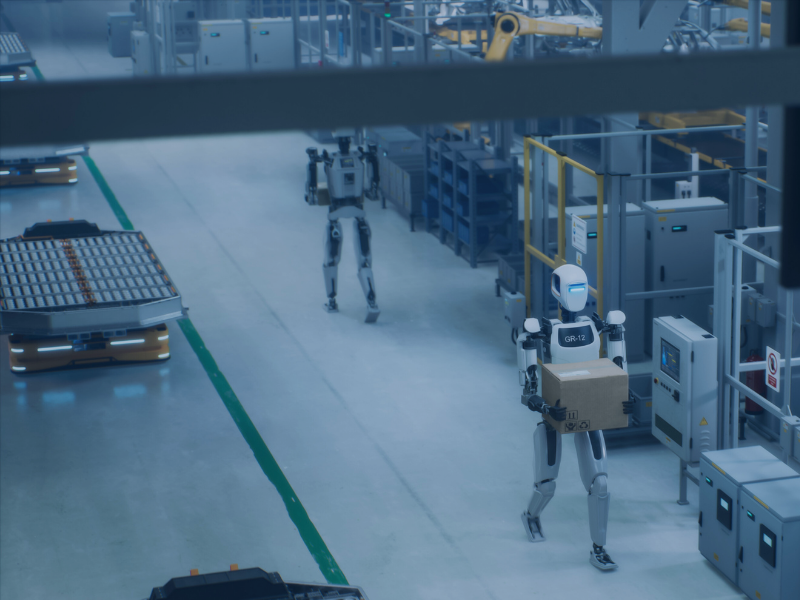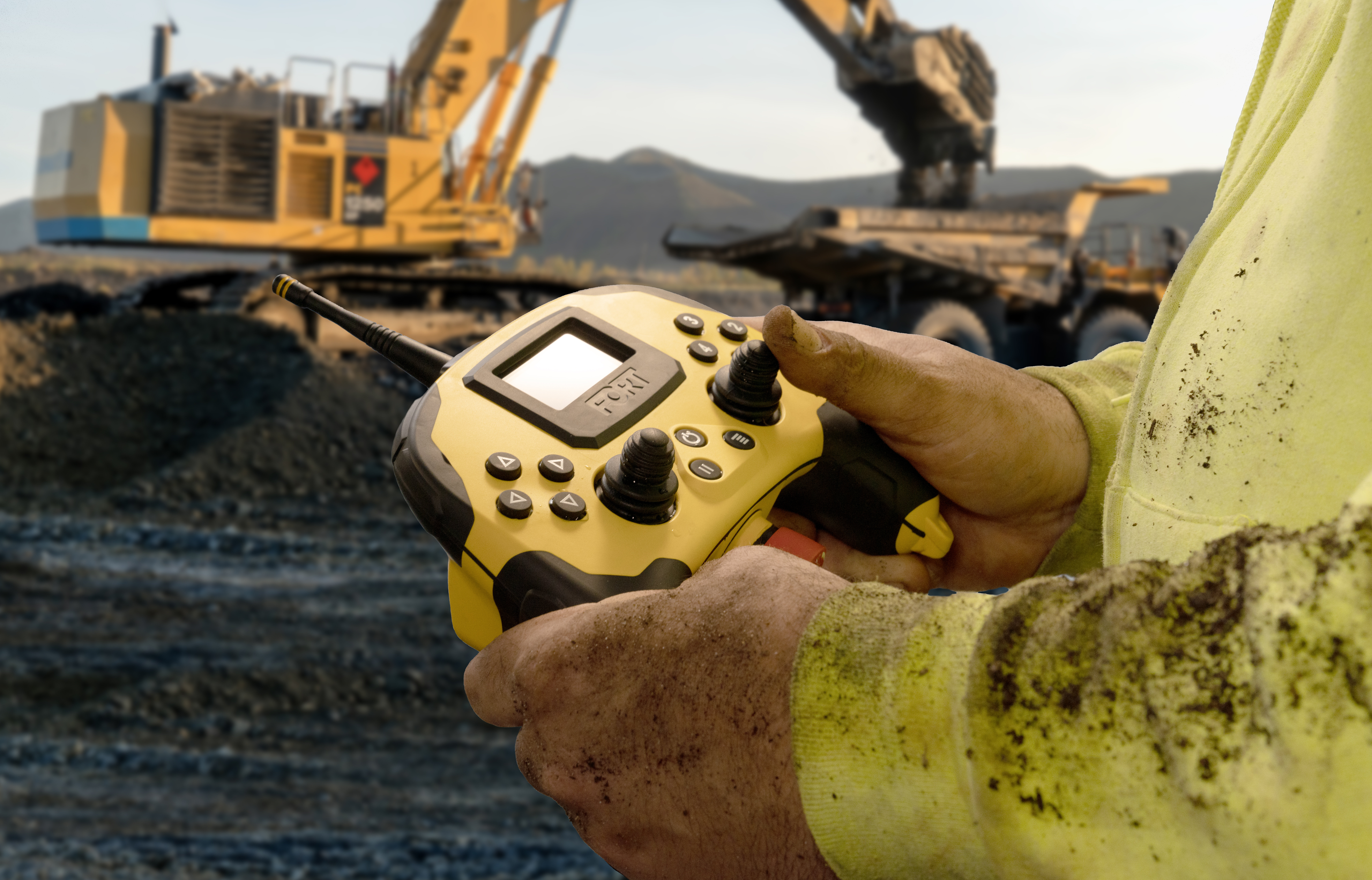
At FORT, we’re committed to ensuring safety for every machine. That mission extends beyond our own products—our team is also helping shape the global standards that will define how robots operate safely in the world. We're proud to share that our Chief Technology Officer, Nathan Bivans, has joined the US TAG to ISO TC 299 to help shape the next wave of robot safety standards.
The U.S. Technical Advisory Group (TAG) to ISO TC 299, Robotics represents the United States in the development of international robotics standards under the International Organization for Standardization (ISO). The TAG brings together experts from industry, government, and academia to coordinate and define the U.S. position on proposed standards before they move forward for global adoption. As a voting member, Bivans will contribute to this collaborative effort, sharing perspectives on safety, interoperability, and innovation to help develop standards that guide robotic design and deployment worldwide.
In addition to joining the TAG, Bivans will be participating in two working groups focused on specific robotic categories that are scaling rapidly.
These initiatives reflect a growing industry need for expertise in functional safety for complex, non-deterministic systems. As AI-driven robots move beyond fixed-path automation and begin making real-time decisions in dynamic environments, traditional “stop-and-go” safety models are no longer enough. Furthermore, as robots are increasingly designed to operate outside contained and structured workspaces, the need for precise and comprehensive safety measures continues to grow.
"The introduction of humanoid and agile mobile robots presents a new class of safety challenge, especially in environments shared with people," said Bivans. "We can no longer test our way to safety in the traditional sense. I'm excited to join a team that is dedicated to making sure the next wave of robots can function safely alongside humans."
No single organization can solve these challenges alone. Robot safety demands a global, cross-industry effort—one that brings together technology providers, researchers, regulators, and end users to define consistent, forward-looking standards that allow robot makers to deploy across countries and continents.
Through participation in ISO TC 299 and its working groups, leaders like Nathan Bivans are helping ensure that this collaboration balances innovation with protection. By combining diverse perspectives from across sectors and countries, the international community can establish safety frameworks that are both rigorous and adaptable to rapidly advancing technology.
We're excited to be a part of this conversation alongside other leading technologists, robot makers, and researchers to enable a future where intelligent machines operate safely, and productively alongside people.
Read more on FORT's commitment to functional safety here.


